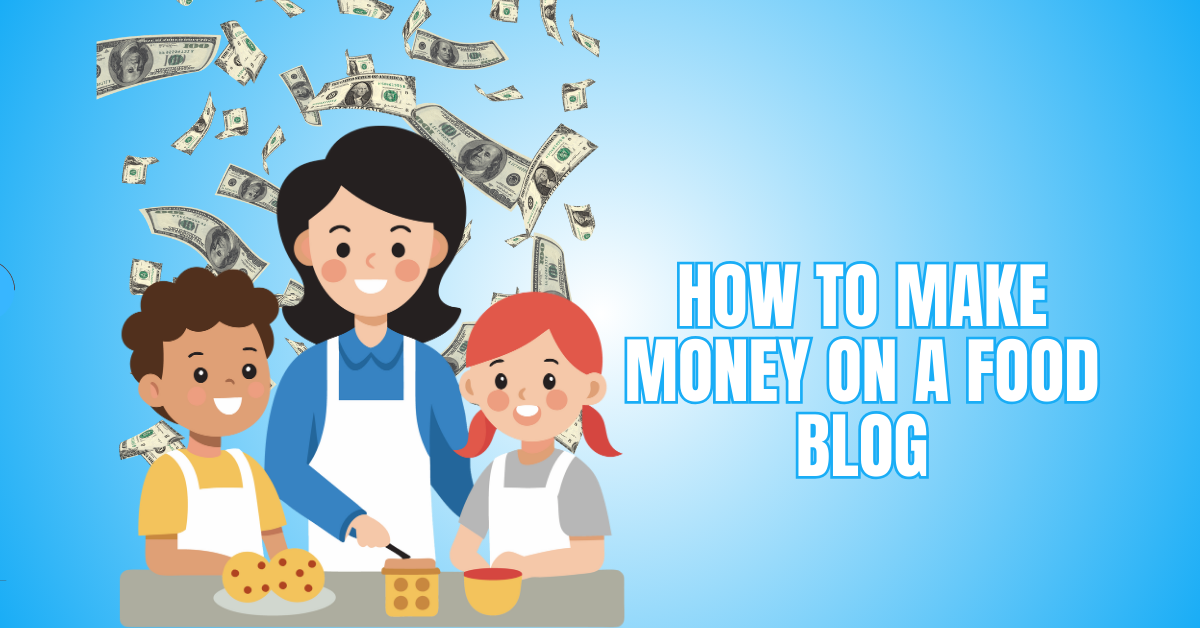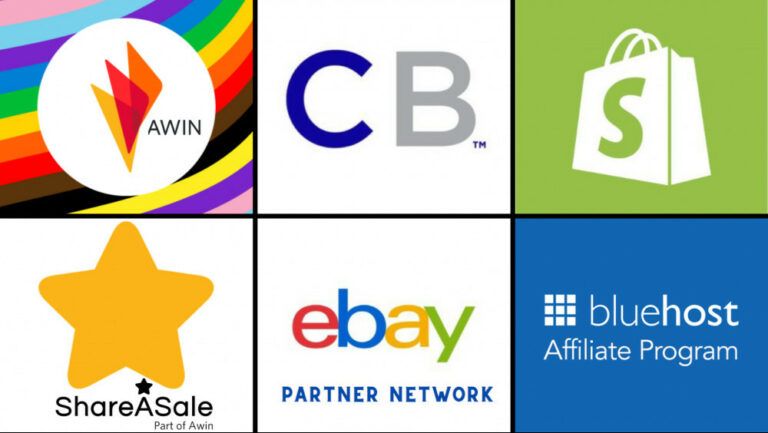How To Make Money On A Food Blog
Starting a food blog may be a lucrative endeavour and a tasty way to share your love of cooking. If you’re wondering how to make money on a food blog, you’re in the right place.
From affiliate marketing to sponsored posts, there are many innovative strategies to turn your tasty content into steady income. Let’s explore the best ways to monetize your food blog effectively!
How To Make Money On A Food Blog
1. Start With A Solid Foundation
Build a strong, professional food blog by choosing a niche, creating quality content, and growing your audience—key to successful monetization and lasting engagement.
Choose The Right Niche
Select a specific niche within the food category to stand out in a saturated market. Instead of blogging broadly about food, consider narrowing your focus to areas like vegan comfort foods, low-FODMAP diets, or meals under 30 minutes for busy families.
This focus helps you target specific keyword phrases and build a loyal, returning readership—research trending food topics on platforms like Pinterest and Google Trends to ensure demand. A clearly defined niche improves branding and audience targeting for monetization later.
Set Up Your Blog Professionally
Opt for a self-hosted WordPress site using a reliable hosting provider like Bluehost or SiteGround. This setup gives you complete control, faster loading speeds, and the ability to monetize in multiple ways.
Invest in a premium theme optimized for speed, mobile usability, and clean design. Essential plugins include Rank Math or Yoast for SEO, Wordfence for security, and Google Site Kit for analytics.
A professional layout builds trust with readers and brands who may partner with you.
Create High-Quality Content
Focus on creating engaging, SEO-optimized content that solves problems for your audience. Write detailed recipes, cooking tips, or food stories with clear instructions.
Use high-resolution images or videos for step-by-step guides—tools like Canva and Lightroom can help enhance visuals—study competitor blogs to improve formatting and keyword placement.
Add schema markup for recipes to enhance visibility in search results. Publishing consistently—weekly or biweekly—shows reliability and helps search engines recognize your site as an authority.
Build An Audience
Don’t rely solely on search engines—use social media platforms like Instagram, Pinterest, and Facebook to share your blog content and connect with readers.
Grow an email list using a freebie like a recipe eBook or meal planner to encourage subscriptions. Ask questions, post polls, or leave comments to interact with your audience.
Collaborate with other food bloggers or brands for guest posts or giveaways. Community-building creates loyal followers more likely to click your affiliate links or buy your products.
2. Display Advertising
Display advertising offers a straightforward way to earn passive income by strategically placing ads like Google AdSense or premium networks on your growing food blog.
Google AdSense
Google AdSense is ideal for beginners because it’s easy to set up and doesn’t require a high traffic volume. Once approved, Google automatically places contextual ads on your blog, and you earn money when users click or view them.
Place ads within content, near headings, or at the end of posts to maximize earnings. However, avoid excessive ad placement, which can annoy readers.
Ensure your blog complies with AdSense policies regarding content, design, and user experience to maintain eligibility.
Ad Networks
As your monthly pageviews increase (typically 50,000+ for Mediavine or 100,000+ for AdThrive), you can apply to premium ad networks that offer significantly higher RPMs.
These networks provide better-paying ads, personalized support, and performance analytics to help increase revenue. They often use advanced programmatic advertising to match your content with relevant, high-paying ads.
While requirements are stricter, getting accepted can lead to steady passive income. Focus on organic growth and audience engagement to qualify for these exclusive partnerships.
Optimization Tips
Effective ad placement is crucial for balancing user experience and income. Insert ads between paragraphs, within long posts, or in the sidebar—areas that catch the eye but don’t interrupt reading flow.
Improve loading times by using lazy loading for ads and compressing images, since slow sites discourage visitors and reduce ad views.
Additionally, write keyword-rich content that ranks on Google to drive more organic traffic. The more visitors you attract, the more impressions and clicks your ads can generate.
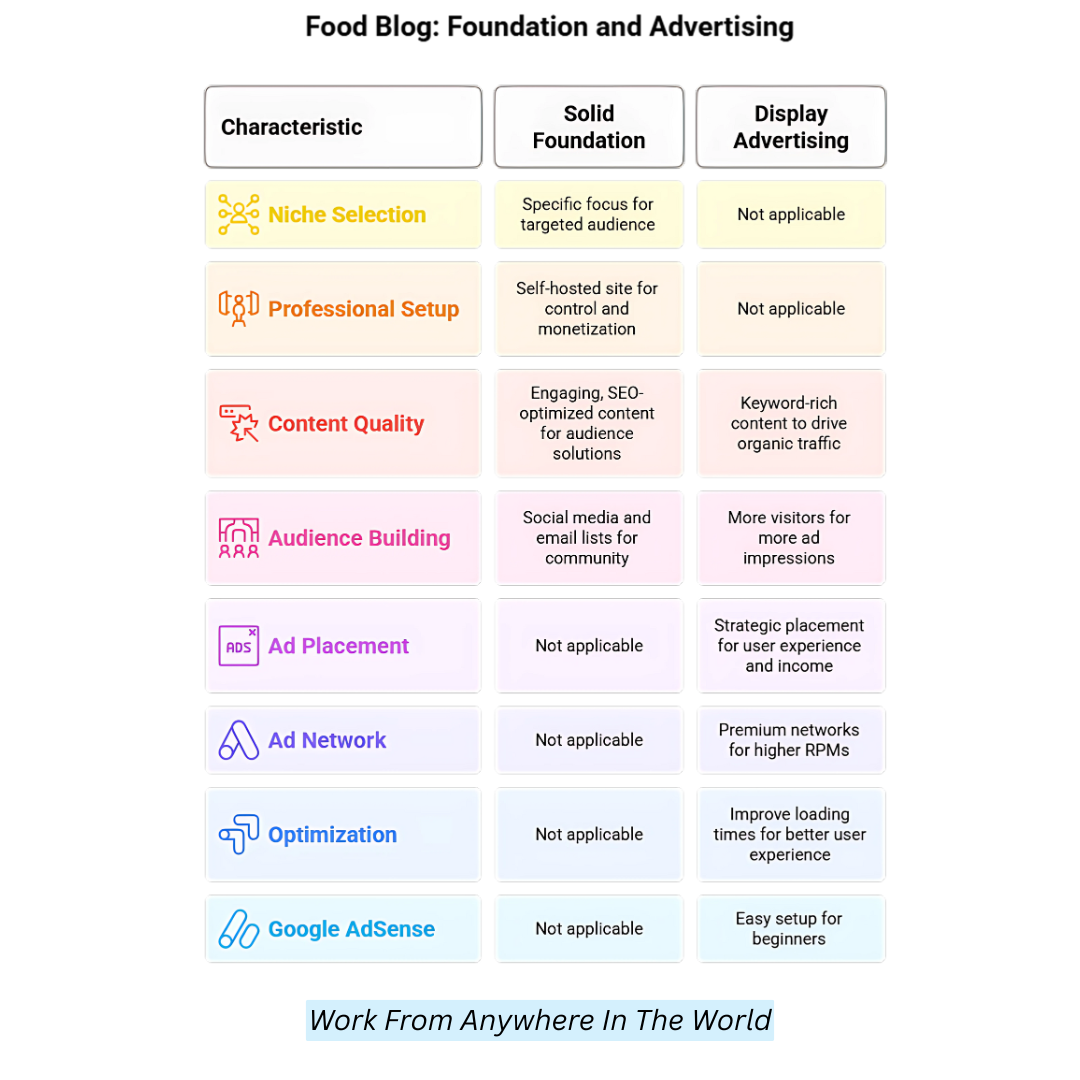
3. Affiliate Marketing
Promote trusted food-related products through relevant affiliate programs by creating authentic, helpful content that naturally integrates links, builds trust, and drives commissions with proper disclosure and tracking.
Find Relevant Programs
Join affiliate networks that cater specifically to your food niche. Amazon Associates is an excellent start for promoting kitchen tools, ingredients, or cookbooks.
Platforms like ShareASale and CJ Affiliate partner with niche brands, including meal kit services, vegan products, and specialty kitchen appliances.
Look for programs with generous commission rates and long cookie durations. Choose products you’ve used or trust to keep recommendations genuine and helpful for your audience.
Create Authentic Content
Craft blog posts that integrate affiliate links naturally, like product roundups, comparisons, or how-to guides. Avoid sounding pushy—write from experience or provide thoughtful commentary on why a product is helpful.
For example, a post on “Best Air Fryers for Small Kitchens” can include real insights and affiliate links. Authenticity keeps readers engaged and increases conversions.
Always write as though you're offering valuable tips, not just selling. Quality content drives more clicks and builds long-term trust.
Example Posts
Affiliate-friendly content can take many forms. “Top 10 Kitchen Tools for Baking Bread at Home” works well because it provides helpful information while promoting products.
Another strong example: “My Favourite Vegan Pantry Staples (and Where to Get Them)”—perfect for inserting affiliate links to specific brands or stores.
Gift guides, lists, and lessons all have a high sharing rate and frequently score highly in search results. These post types subtly encourage purchases while remaining helpful and evergreen.
Disclose And Track
Always use proper affiliate disclosures in every post—this is ethical and required by FTC regulations. Phrases like “This post contains affiliate links” should be placed visibly.
Tracking tools like Pretty Links, Google Analytics, or affiliate dashboards can be used to monitor clicks and conversions. Analyzing which products or posts perform best lets you optimize future efforts.
Fine-tuning your strategy based on data leads to higher earnings over time and helps avoid promoting underperforming items.
4. Sponsored Content And Brand Collaborations
Proactively pitch niche-aligned brands for sponsored content, offer diverse collaboration types, price your work fairly, and maintain authenticity to build lasting partnerships and audience trust.
Pitch Brands
Don’t wait for brands to find you—proactively reach out to those aligned with your blog’s theme. Start with smaller companies that cater to your niche and might be open to collaboration.
Prepare a professional media kit including blog traffic stats, social media reach, audience demographics, and past sponsored work.
Personalize your pitches to show how their product fits your brand and explain what value you can offer. Be clear, concise, and confident in your proposal.
Types Of Sponsored Content
Sponsored collaborations come in many forms. Blog posts reviewing a product or creating a recipe using a brand’s ingredients are common.
Some partnerships include exclusive social media promotions, like Instagram Reels or Facebook Live demos. Others may involve unboxing videos or giveaway campaigns.
Offering multiple content types in a package deal can increase your value and appeal to a broader range of brands. Be open to customizing deliverables while keeping your core content style consistent.
Charge Your Worth
Start by researching typical rates in your niche. Bloggers with modest traffic might charge $100–$300 per post, while those with large audiences and strong engagement can earn $1000+.
Don’t undervalue your time—consider writing, photography, editing, and promotion when pricing your work. Use rate calculators like Social Bluebook or ask in blogger communities for benchmarks.
Over time, create rate sheets and revise as your audience grows. Confidently charging your worth reflects professionalism and long-term sustainability.
Maintain Trust
Only partner with brands that reflect your values and genuinely benefit your audience. Promoting irrelevant or poor-quality products can harm your reputation.
Be transparent with your readers when content is sponsored and share honest opinions. Authentic reviews are more engaging and perform better.
Building trust ensures your audience continues to follow, engage, and take action—this, in turn, keeps brands coming back for more collaborations and referrals, creating a sustainable income stream over time.
Wealthy Affiliate – Mini Review (2025)
If you’ve ever thought about turning your blog, passion, or niche into an online business,
Wealthy Affiliate (WA) is one of the most beginner-friendly platforms I’ve used.
It combines step-by-step training, website hosting, SEO research tools,
and an active community all in one place.
What I like most: you can start free (no credit card needed),
explore lessons, test the tools, and connect with other entrepreneurs
before upgrading. WA isn’t a “get rich quick” scheme — it’s a platform where success comes
from consistent effort and applying what you learn.
5. Sell Digital Products
Create and sell valuable digital products like ebooks, meal plans, or online classes that provide passive income, boost authority, and offer scalable monetization without physical inventory.
Popular Digital Products
Create digital products that solve a specific problem for your audience. Ebooks with curated recipes or themed meal plans (e.g., vegan weeknight dinners) are great sellers. Printable shopping lists, pantry checklists, or meal planners appeal to organized home cooks.
You can also offer online cooking classes or pre-recorded workshops that teach niche skills like sourdough baking or plant-based meal prepping. These products offer value while requiring no physical inventory, making them a scalable way to earn.
Benefits
While digital products demand initial effort—planning, creating, and designing—they become passive income sources once launched.
After publishing, there’s no need for reprinting or shipping, and sales can come in anytime. You also maintain complete creative control and receive 100% of the profits (minus small platform fees).
Plus, having your product boosts your authority in your niche and offers you a unique monetization path that isn’t reliant on traffic numbers or third-party platforms.
Tools To Use
Platforms like Gumroad offer simple storefronts to sell digital downloads directly. Podia allows you to host and sell digital products, webinars, and courses with email marketing tools.
Teachable is ideal for structured online cooking classes or multi-module workshops. These platforms handle payment processing, file delivery, and customer access.
Choose one that fits your product type and budget. Integrate it seamlessly into your blog with call-to-actions, opt-ins, and preview sections for maximum visibility.
Promote Strategically
Your promotion strategy should span multiple channels. Create dedicated blog posts and landing pages introducing the product and its benefits.
Share sneak peeks and behind-the-scenes content on social media. Use your email list to offer exclusive discounts or bonuses for early buyers.
Include testimonials from customers to build trust. Promotions timed with holidays or reader milestones (e.g., “10,000 subscribers”) can boost conversions and create excitement around your product.
6. Offer Memberships Or Subscriptions
Build a loyal community by offering exclusive content through memberships, delivering ongoing value with recipes, videos, and perks that keep subscribers engaged and provide a steady income.
Create A Community
Build a membership offering using platforms like Patreon, MemberPress, or a gated section on your WordPress site. Provide exclusive content such as premium recipes, ad-free blog posts, video tutorials, or monthly Q&As.
A membership turns passive readers into an engaged community and offers a consistent income. Use tiered membership levels to provide flexible access and pricing.
Even a small group of loyal members can generate stable, recurring revenue while strengthening your brand.
What To Offer
Your membership should deliver ongoing value. Weekly meal plans tailored to dietary needs (e.g., keto, vegan, gluten-free) are highly desirable.
Behind-the-scenes videos showing recipe testing, photo shoots, or your creative process can deepen the connection. Offer exclusive discount codes for affiliated products or access to private giveaways.
You can also include printable downloads like cooking charts or prep calendars. Keep your offerings relevant to your niche to ensure they resonate with your most loyal followers.
Keep It Engaging
Retention is key for membership success. Regularly update content—new recipes, videos, or downloads each week or month—to give members something to look forward to. Interact with your members through comments, polls, or live chats to foster community and make them feel valued.
Occasionally, surprise them with bonus content or free upgrades. The more connected and rewarded members think, the more likely they will remain subscribed and recommend your membership to others.
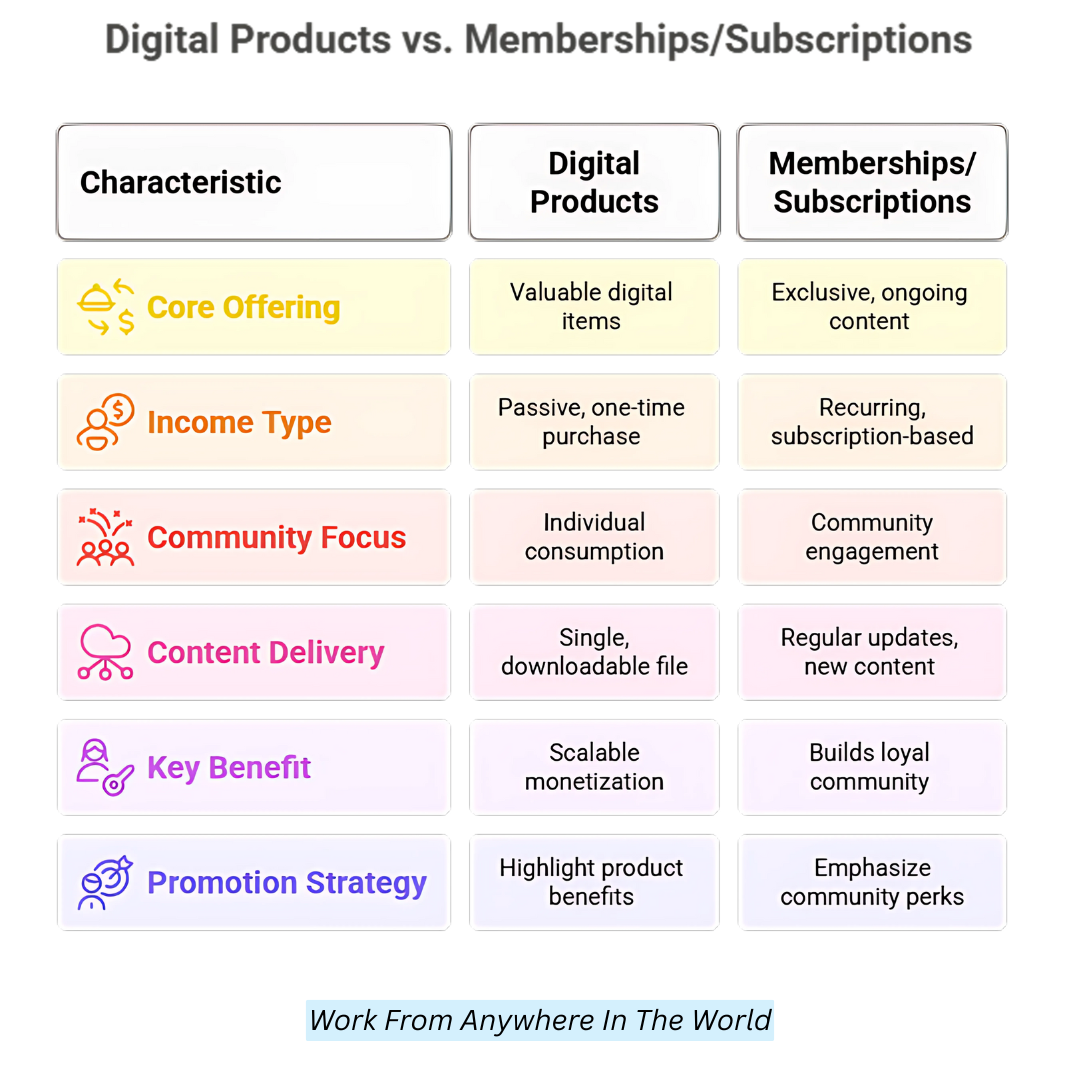
7. Freelance Writing And Services
Leverage your food blog skills by offering freelance writing, photography, and consulting services, turning your expertise into income while growing your audience and industry credibility.
Freelance Food Writing
Your blog is a live portfolio demonstrating your voice, style, and expertise. Use it to pitch to food magazines, recipe platforms, and lifestyle websites.
Target publications that align with your niche, like vegan food or gluten-free living. Write guest posts, recipe roundups, or trend pieces.
Make your pitches concise and tailored, including links to your best-performing blog posts. Landing freelance gigs brings income, strengthens your credibility, and expands your audience.
Photography And Styling
If you’ve mastered food photography and editing, offer services to bloggers, restaurants, or food brands. Showcase your images in a portfolio section on your blog or Instagram.
Include before-and-after editing examples and testimonials if possible. You can shoot for cookbooks, online menus, or product packaging.
Niching into a particular style, like moody natural light or bright and clean shots, helps attract specific clients. Investing in basic props and lighting gear can significantly boost your visual quality and client appeal.
Coaching Or Consulting
Monetize your blogging experience by offering coaching sessions for beginners or consulting services for food businesses.
Help clients with recipe development, branding, content planning, or SEO. You can charge hourly or create packages for specific services.
Use your blog and email list to promote your availability. Hosting free mini-sessions or webinars can help you attract clients. This positions you as an expert while building another reliable income stream tied directly to your expertise.
8. Host Events Or Workshops
Expand your reach by hosting live or virtual food workshops, teaching valuable skills while boosting revenue, promoting your brand, and building a stronger, engaged community.
Host Events Or Workshops
Take your online knowledge offline by hosting interactive events. Offer local cooking classes or food photography sessions in your area, or go virtual via Zoom for a broader reach.
Teach a specific skill, like plant-based meal prep or beginner food styling. You can charge per ticket, offer early-bird pricing, or seek brand sponsorships to boost revenue.
Events also help promote your blog, digital products, and memberships. Record the sessions for future resale or exclusive member access. These experiences build real-time engagement and strengthen your community.
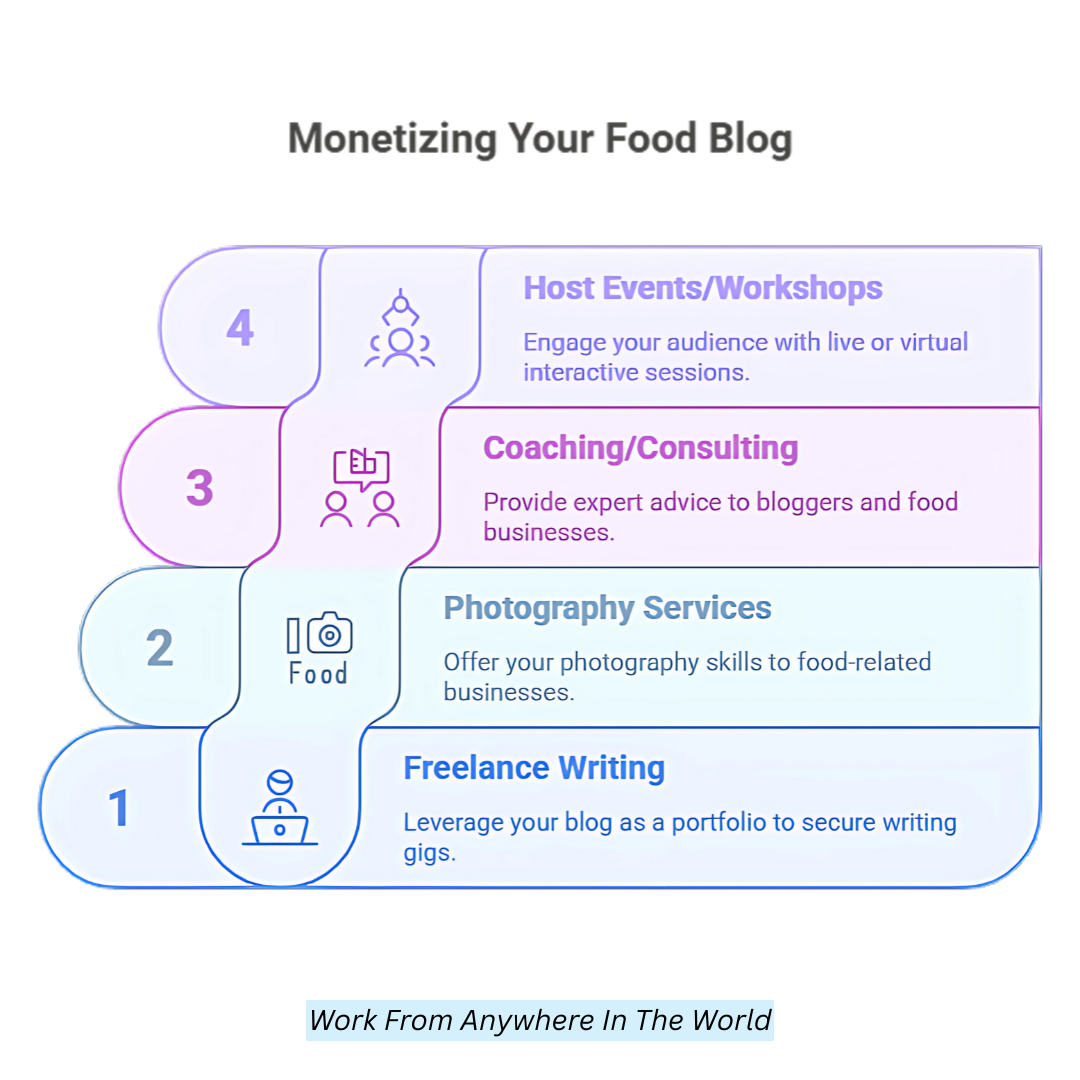
FAQs
Q1: What Is Affiliate Marketing, And How Does It Work On A Food Blog?
Affiliate marketing means promoting products (like kitchen gadgets or ingredients) with special links. When readers buy through your links, you earn a commission.
Q2: Can I Earn Money By Working With Brands?
Yes! Brands pay bloggers for sponsored posts, product reviews, or social media promotions. Building your blog’s reputation and audience size is key to attracting brand deals.
Q3: Do I Need A Large Audience To Make Money Blogging?
While a bigger audience helps, niche blogs with loyal followers can earn well through targeted monetization strategies like email marketing and premium content.
Q4: What About Ads On My Blog? Are They Profitable?
Displaying ads (via Google AdSense or other networks) can generate passive income. However, significant earnings usually require high traffic volume.
Conclusion
Mastering how to make money on a food blog takes creativity, consistency, and patience. Applying the right strategies and engaging with your audience can turn your passion for food into a rewarding income stream.
Keep experimenting, learning, and sharing your unique flavours, and your food blog will grow into a successful business. Start today and watch your culinary dreams pay off!
I trust you enjoyed this article on How To Make Money On A Food Blog. Please stay tuned for more insightful blogs on affiliate marketing, online business, and working from anywhere in the world.
Take care!
— JeannetteZ
💬 Your Opinion Is Important To Me
Do you have thoughts, ideas, or questions? I’d love to hear from you. Please leave your comments below or email me directly at Jeannette@WorkFromAnywhereInTheWorld.com.
📚 More Work From Anywhere Reads
🚀 Ready to Build a Business You Can Run from Home
Or from Anywhere in the World?
Imagine creating income on your terms — from home, a cozy café, or wherever life takes you.
With the right tools, training, and community support, it’s entirely possible.
Start your own online business for free — no credit card needed.
Disclosure
This post may contain affiliate links. As an Amazon Associate and participant in other affiliate programs, I earn from qualifying purchases at no extra cost to you. Please read my full affiliate disclosure.

